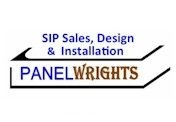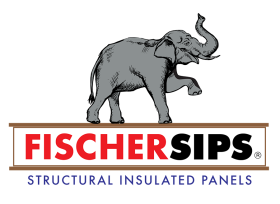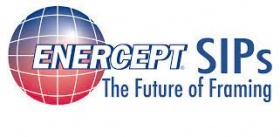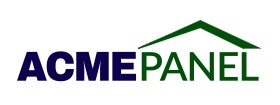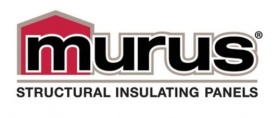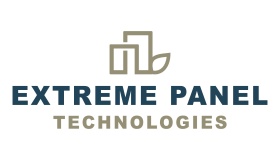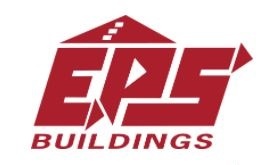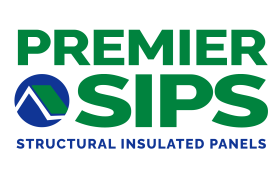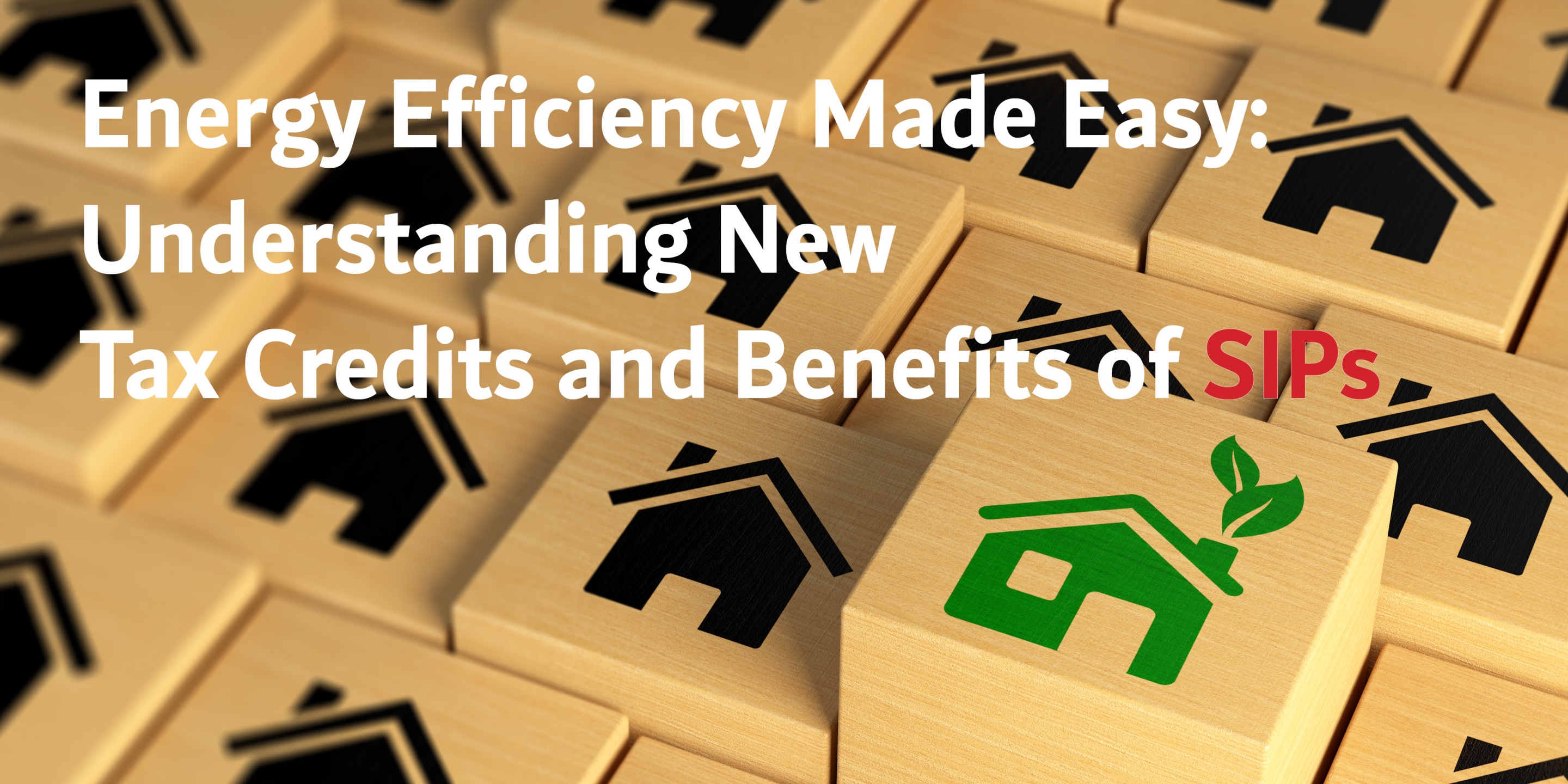
It pays to build sustainably, here’s a breakdown of how SIPS can help you meet new tax credit requirements.
The largest investment in fighting climate change in U.S. history is here. The 2022 Inflation Reduction Act (IRA) brings a fresh wave of tax credits for energy-efficient buildings and extends the terms for claiming existing credits. It’s an exciting new era for the sustainable construction industry. As a builder or developer, you can now take advantage of these incentives to reduce costs and lower your carbon footprint.
Whether it’s efficiency improvement to a multifamily housing complex, a new single-family build meeting ENERGY STAR requirements, a commercial retrofit, or a property owner installing new insulation, Structural Insulated Panels (SIPs) make it easy to build sustainably and reap the benefits of the new tax credits. SIPs can help you qualify for incentives & rebates for efficiency upgrades to new and existing commercial buildings, homes, multifamily and public buildings through sections 45L, 25C, and 179D of the IRA.
First, here’s a rundown of what IRA tax credits and deductions have been updated and extended…
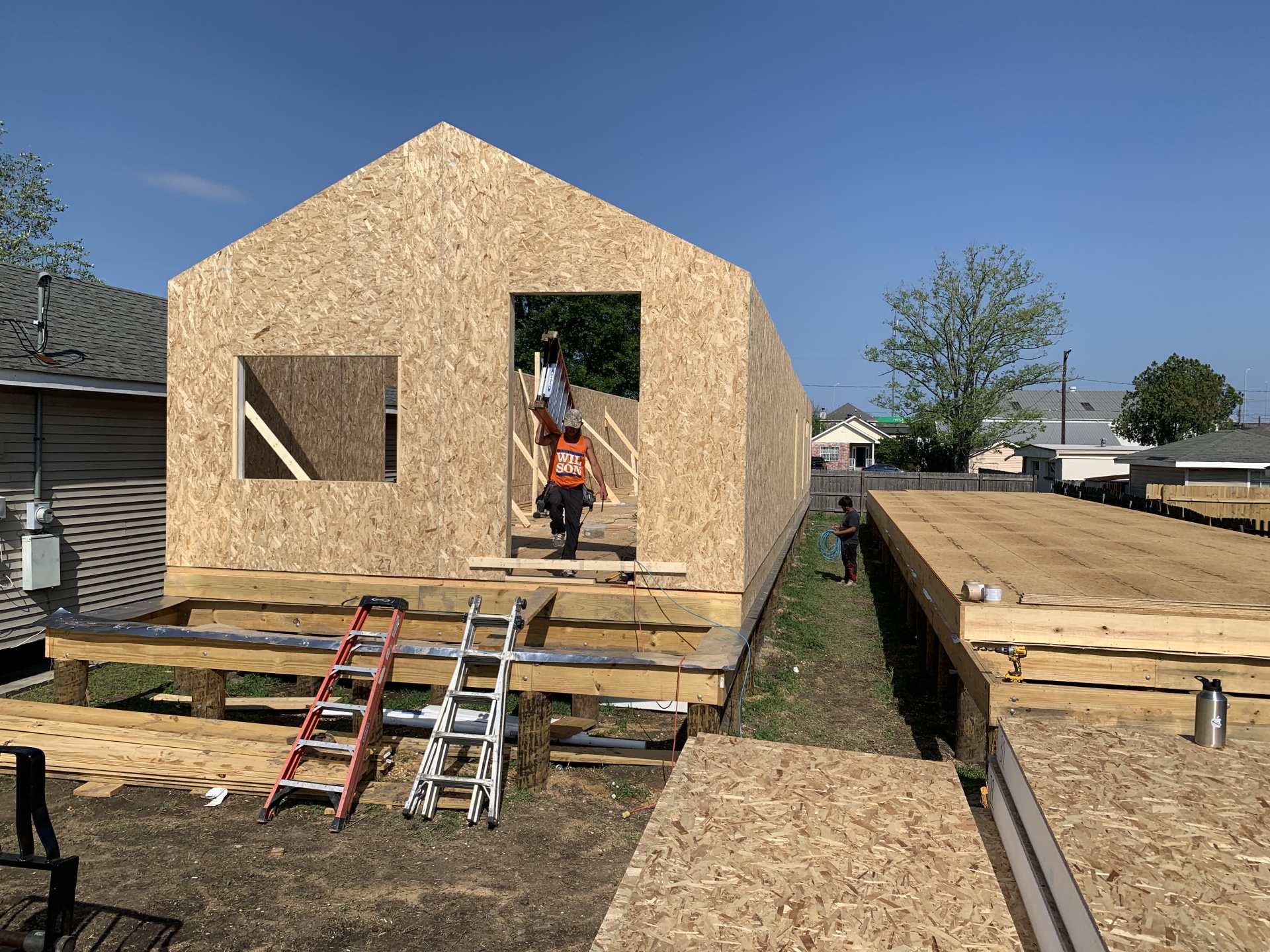
SEC. 45L HOMEBUILDER TAX CREDIT
Section 45L incentivizes homebuilders and multifamily developers to reduce energy consumption with a per dwelling unit tax credit. Key credit details include:
- New homes certified under the ENERGY STAR programs will be eligible for a $2,500 credit
- The credit is increased to $5,000 for dwelling units certified under the Zero Energy Ready Homes Program (ZER).
- For Multifamily units, the base qualification decreased to $500, while ZER multifamily units are $1,000 each.
- Multifamily units meeting prevailing wage requirements will receive an increased $2,500 credit for base qualification and $5,000 for ZER.
- Initially, low-rise residential developments were the only ones eligible for this credit, but it is now extended to homebuilders and single-family or multifamily developers. The base qualification requirements for these developers are that they must meet both national and local energy-saving requirements
Meeting these performance levels can be accomplished cost-effectively through proper early design with SIPs, because SIPs meet and exceed building code thermal envelope requirements and eliminate additional continuous insulation needs on the building exterior (meeting the 2021 and 2018 IECC building codes). The 45L tax credit is a great opportunity to reduce project costs, increase your cash flow, reduce maintenance costs, and enhance your ROI. Continue reading to learn how SIPs can help meet the above-detailed requirements. Visit the IRS updated Form 8908 for new requirements and qualifications.
On September 27, 2023, the Internal Revenue Service (IRS) issued Notice 2023-65, which contained guidance for taxpayers on the § 45L credit as amended by IRA. The Notice establishes that to be eligible for the higher tier credit, a home or apartment must be certified under the applicable ZERH program requirements as defined on the DOE ZERH Program Requirements webpage. DOE has updated the ZERH Program Requirements webpage and the Section 45L Tax Credits for Zero Energy Ready Homes webpage in coordination with the release of the IRS Notice and guidance. Stakeholders can use these materials to determine which version of ZERH program requirements will apply to their project for 45L eligibility. Individuals or entities seeking to claim the 45L tax credit should consult with a tax professional to determine whether and how they can claim the credit and determine whether the credit can be used with other tax incentives or Federal incentives.
SEC. 25C HOME EFFICIENCY IMPROVEMENT TAX CREDIT
Formerly known as the Nonbusiness Energy Property Credit, the IRA extended and revitalized this tax credit by substantially increasing the amount homeowners can claim on their taxes for energy-efficient home improvements such as insulation, exterior doors, and similar energy-saving improvements.
- The expanded 25C will provide a 30% tax credit (up to $1200 annually) to homeowners who take certain steps to make their homes more energy efficient.
- 25C tax credits can also be combined with rebates offered through DOE’s forthcoming $8.8 billion Home Energy Rebates Program. However, these funds will not be available to homeowners until at least early 2024.
With retrofit insulated panels you can get a higher R-value and a quicker application than the alternatives, helping you to qualify for insulation credits under 25C. Learn more about how going green could help taxpayers qualify for expanded home energy tax credits.
SEC. 179D TAX DEDUCTION FOR ENERGY-EFFICIENT COMMERCIAL BUILDINGS
Expanded tax deductions, equaling up to $5 a square foot, are available for new and existing energy-efficient building projects. The tax deduction is available for new and existing nonprofit, government, and commercial building projects that achieve specific energy efficiency goals and ASHRAE standards. Learn more about Sec 179D Tax Deduction and SIPs
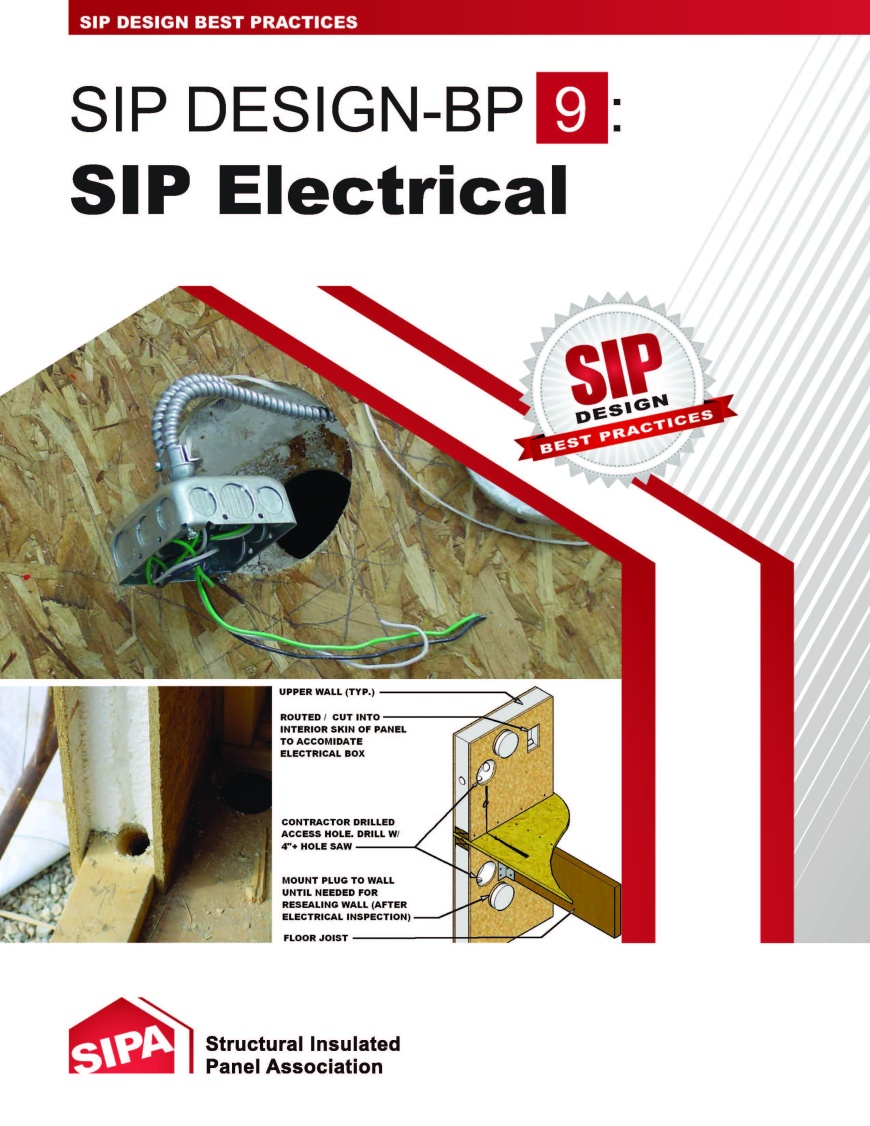
HOW SIPS CAN HELP YOU QUALIFY FOR IRA TAX CREDITS
By building with SIPs, you can easily achieve a high-performance building envelope that can help you qualify for the new tax credits and incentives. SIPs provide a continuous insulation envelope that minimizes thermal bridging and reduces air infiltration, resulting in significantly lower heating and cooling costs. Learn about the full advantages of designing and building with SIPs through our SIP Design Best Practices Series.
- SIPs meet and exceed building code thermal envelope requirements and eliminate additional continuous insulation needs on the building exterior (meeting the 2021 and 2018 IECC building codes).
- SIP homes save 40-60% on energy than stick-frame construction, depending on the climate zone.
- SIPs provide extremely airtight structures, a key component in improving indoor air quality (IAQ).
- SIPs provide 85-88% less air leakage than stick-frame construction.
- SIPs are available in a range of thicknesses delivering exceptional thermal performance.
- Various SIP connections are available which minimize thermal bridging.
- Factory-applied rigid foam insulation cores eliminate concerns over quality insulation installment.
- Reduced HVAC requirements.
- Applying retrofitted panels to the exterior of a home can get you higher R-Values.
KEY SIPs RESOURCES
- SIPS Best Practices
- Designing With SIPs
- Building With SIPs
- How SIPs Meet ENERGY STAR & LEED Certifications
EXAMPLES OF HOW SIPs CONSISTENTLY PERFORM




